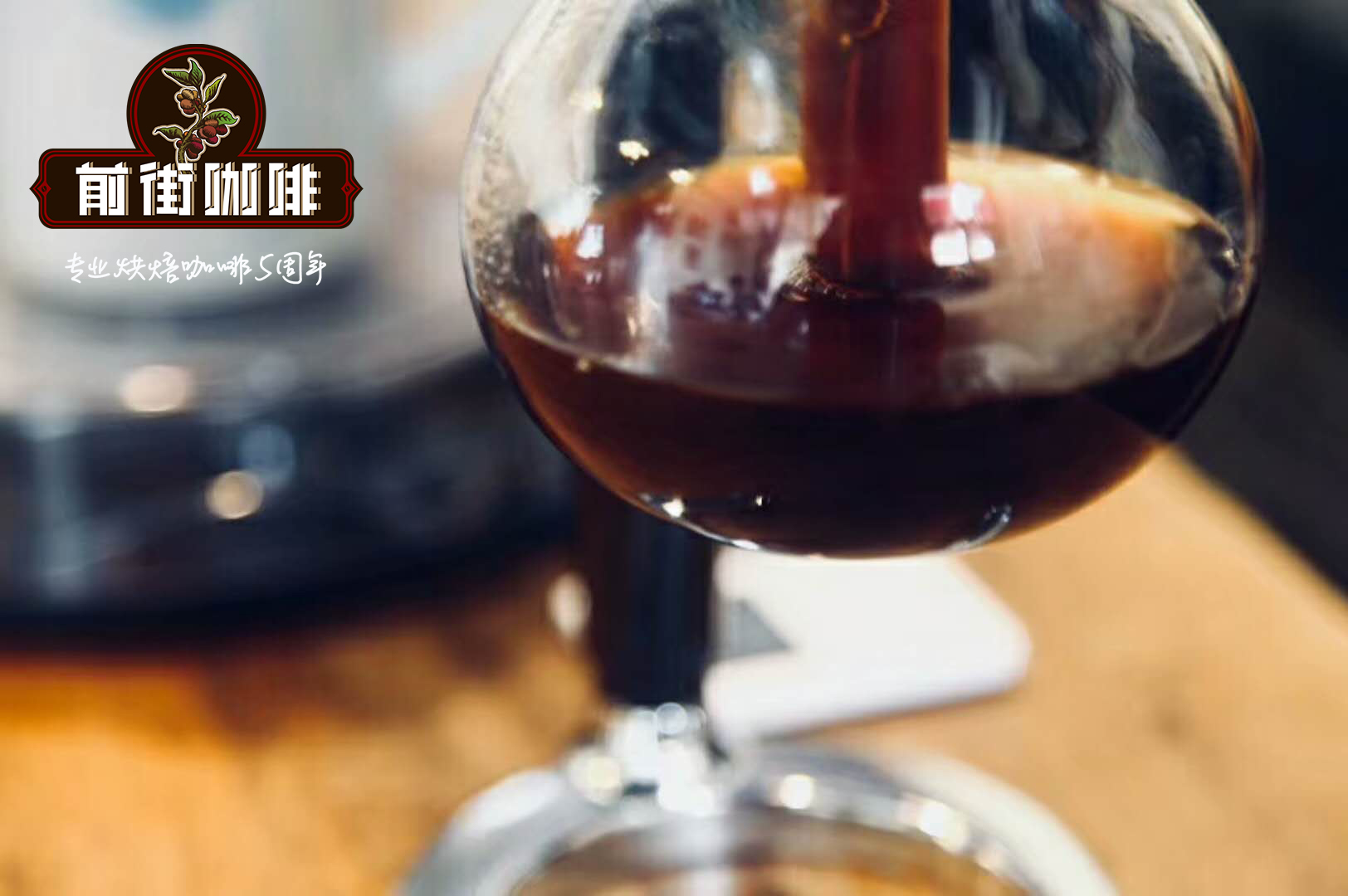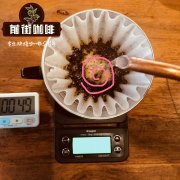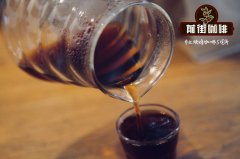Development History of Yunnan small seed Coffee Iron truck | how much is a cup of authentic Yunnan small seed coffee

Professional coffee knowledge exchange more coffee bean information please follow the coffee workshop (Wechat official account cafe_style)
When it comes to tin card, coffee drinkers know that it belongs to one of the Arabica varieties with good flavor, while the other ancient variety is bourbon. Then before we talk about the iron pickup, it is necessary to talk about its superior-Arabica.
Some coffee varieties under Arabica
Why is Arabica called "Allah"?
According to historical records, coffee trees were first recorded in the 9th century AD, when coffee was pronounced "Bun". It was not until the 17th century that the Swedish botanist Carl Linnay officially named the coffee tree in his book Flora. Arabica scientific name Coffea Arabica L. It means "coffee subordinate, Arabian species, named Linnai". Linnai mistakenly thought that coffee came from Arabia at that time (present-day Yemen), so he called it "Allah" to indicate that the species came from Arabia. Now we all know that coffee actually comes from Ethiopia, so it should be called "Ethiopica" correctly.
As for the iron pickup, although it has long been rooted in Ethiopia and was introduced into the Arabian Peninsula in the 9th century, it was named after 1913 and is named Coffeea ArabicaL.var.typica Cramer (Coffee, Arabian, Linnai, Variety, Iron pickup, Kramo). Iron pickup is regarded as "typical", and celebrity is intended to be a typical variety of Arabica coffee.
The young leaves at the top of the iron pickup are bronze brown, the tree is tall, the leaves are narrow, and the bean tips are long.
Next, we use a chronicle to sort out the transmission path of the iron pickup to see how this "fragile" variety has broken through many difficulties and become famous all over the world.
The red image above shows the transmission line of the iron pickup.
Yemen-this is the starting point of the iron pickup, after centuries, and 1500-1554, the Islamists tried to transplant coffee to Syria and Turkey, but failed because of soil, water and climate.
Around 1600, the Indian Babudan stole seven Yemeni coffee seeds and returned to Karnataka province in southwestern India to breed successfully. The top leaves of these coffee trees are copper brown (iron pickup).
From 1690 to 1696, the Dutch occupied southwestern India and tried to introduce Indian tin cards to Java, Indonesia, but failed. Later, in 1699, the tin card was successfully planted in Indonesia, which became the early coffee growing industry in Asia.
From 1706 to 1710, the Dutch East India Company transported an iron pickup sapling back to Amsterdam, the capital, where it was carefully nursed in a greenhouse. The tree blossomed and bear fruit in 1713.
From 1713 to 1715, the mayor of Amsterdam gave the king of France a seedling of an iron pickup, and the French cultivated it and transplanted it to South America, which became the source of the Brazilian iron pickup.
From 1720 to 1723, Dikrou, a French naval officer, stole the tin card saplings from the botanical garden of Versailles and planted them in French Martinique. Then he gave the successfully cultivated seedlings and seeds to Jamaica, Dominica, Cuba, Guatemala and other Central American countries. Because Arabica coffee trees are self-pollinated, this directly leads to the lack of genetic diversity and sickness of iron pickups in Central America. And the low output is the disadvantage of the iron pickup.
In 1825, Hawaii introduced an improved Guatemalan tin pickup and planted it in Kona, which is now Kona.
In 1904, French missionaries brought the iron pickup to our Yunnan, which became the first coffee in our country-Yunnan iron pickup coffee.
Today, under the consideration of economic benefits, tin cards in Central and South America have been basically replaced by improved varieties with higher production capacity, such as Bourbon, Kaddura or Kaduai, but fine beans from the Blue Mountains of Jamaica, Kona, Hawaii, Dominica, Cuba, Peru and Bolivia are still the most popular.
Extra-topic extension: Geisha
Geisha: a derivative of the Tibika family, discovered in the Rose Forest of southern Ethiopia in 1931 and later sent to the Coffee Institute in Kenya. Introduced to Uganda and Tanzania in 1936 and introduced by Costa Rica in 1953. Transplanted to Panama in the 1960s, it was originally planted in a small area of the estate and was used as a windbreak, but it was not until 2005 that it began to win cup tests.
All right, speaking of which, have the friends increased their knowledge again? Finally, let's make a cup of Yunnan Tieka Coffee and imagine that it first came from a small coffee seedling in the Zhukula Mountain area of Yunnan Province in 1904. Does it have a feeling of traveling through time and space?
Yunnan coffee bean brand recommendation
Yunnan coffee beans roasted in Qianjie are fully guaranteed in brand and quality. And more importantly, the performance-to-price ratio is extremely high, a pack of half a pound 227 grams, the price is only about 69 yuan. According to the calculation of 15 grams of powder per cup of coffee, a bag of coffee can make 15 cups of coffee, which costs less than 5 yuan per cup, which is recommended by conscience compared to the price of tens of yuan a cup sold in a coffee shop.
More promotional activities
Please keep an eye on us.
Our Taobao shop: coffee shop in front of the street cafe
Important Notice :
前街咖啡 FrontStreet Coffee has moved to new addredd:
FrontStreet Coffee Address: 315,Donghua East Road,GuangZhou
Tel:020 38364473
- Prev

What is the variety of Yunnan coffee? the taste characteristics of Yunnan small grain coffee iron pickup and Katim flavor.
Professional coffee knowledge exchange more coffee bean information please follow the coffee workshop (Wechat official account cafe_style) Yunnan small grain coffee, Rubiaceae, coffee genus, planting areas are mainly distributed in Lincang, Baoshan, Simao, Xishuangbanna, Dehong and other prefectures. Small grains of coffee are native to Ethiopia or Arabian Peninsula. The main producing area of small-grain coffee is suitable to grow at an altitude of 80.
- Next

Yunnan Iron Card Fine Coffee Huaguoshan Coffee beans how to flush | how much is a cup of Yunnan small coffee?
Professional coffee knowledge exchange more coffee bean information Please follow the coffee workshop (Wechat official account cafe_style) hand-brewed coffee has been very popular in recent years, many friends who want to enter this field want to buy a set of hand-made coffee but do not know how to buy it, it is of course best to be able to buy a cost-effective one within the budget. Today, I recommend a set of necessary hand-brewing appliances to everyone, including filter cups.
Related
- Detailed explanation of Jadeite planting Land in Panamanian Jadeite Manor introduction to the grading system of Jadeite competitive bidding, Red bid, Green bid and Rose Summer
- Story of Coffee planting in Brenka region of Costa Rica Stonehenge Manor anaerobic heavy honey treatment of flavor mouth
- What's on the barrel of Blue Mountain Coffee beans?
- Can American coffee also pull flowers? How to use hot American style to pull out a good-looking pattern?
- Can you make a cold extract with coffee beans? What is the right proportion for cold-extracted coffee formula?
- Indonesian PWN Gold Mandrine Coffee Origin Features Flavor How to Chong? Mandolin coffee is American.
- A brief introduction to the flavor characteristics of Brazilian yellow bourbon coffee beans
- What is the effect of different water quality on the flavor of cold-extracted coffee? What kind of water is best for brewing coffee?
- Why do you think of Rose Summer whenever you mention Panamanian coffee?
- Introduction to the characteristics of authentic blue mountain coffee bean producing areas? What is the CIB Coffee Authority in Jamaica?

